You’ve heard it countless times.
The founder of a multi-million company was finishing his degree while struggling to earn some cash on the side when suddenly the light bulb above his head lit up and he was onto a groundbreaking idea.
A solution to a problem. An urgent calling. A spark that made him work hard on the first version of what is now a hugely successful SaaS product.
And look, it’s an inspiring story.
The first time you hear it, anyway. The problem is, nearly all of them merely encourage you to follow your dreams…
Without actionable advice on exactly how to do it.
When you’re looking to start your own SaaS company and your light bulb moment hasn’t happened yet, you need more than inspiration.
You need answers to important questions:
- How can you design a brilliant SaaS product and get it to market?
- Can you really do it without a background in tech or the help of a SaaS development company?
- What makes one idea succeed when 92% of others don’t make it?
And what if you don’t have a dream to begin with?
Consider this your way in.
What Is a SaaS Product?
Imagine your customers are caterers.
They have a choice of transforming their home kitchens into a workspace by buying all the equipment, hiring a crew to help them put it all together, using the storage space to stock all the ingredients… all before they even get to do their actual job: cooking.
The home kitchen solution would be the equivalent of on-premise software.
The alternative would be renting a space that’s designed specifically for caterers, fully set up and ready to run.
A SaaS product works something like that:
- It lives on the cloud
- Uses a subscription model
- Can be easily accessed through the internet or an app
- Solves a specific problem, for a specific customer base
Let’s take Canva, a SaaS design company, for example.
Apart from logging in and paying the rent, users essentially don’t have to do anything other than exactly what they came to do—in this case, simple design.
For your potential customers, a SaaS solution might be just what the doctor ordered. But what about you?
Here are the pros and cons of having a SaaS business:
|
Pros |
Cons |
|
Long-term customer retention |
Takes a lot of investing to get started |
|
Doesn't need to be installed or take up space |
Most of the early profit must be invested in customer acquisition |
|
Full ownership of the product |
Can be tricky to position and market early on |
|
Easy to update |
|
|
Low maintenance costs |
|
|
More predictable revenue |
|
|
Shorter sales cycle |
Considering the SaaS market is steadily growing and virtually all industries are adopting the model, it could be a great moment to start a SaaS company.
Just as long as you’ve got the right product to sell.
SaaS Product Ideas
Contemplating starting a business is one thing, but coming up with a solid product idea is a whole other ball game. For example, if you're wondering how to start a storage business, the product could be physical lockers on cloud drives in the case of SaaS. Thankfully, nothing says you must find it all on your own during a spiritual quest (or that you can’t do precisely that if that’s your thing).
SaaS has come a long way over the years and there are more than enough examples to learn from, regardless of your industry.
So how did other companies do it?
Sage, one of the leading accounting software platforms, adopted a SaaS product model in order to meet the needs of their customer's with the rise of cloud technology:
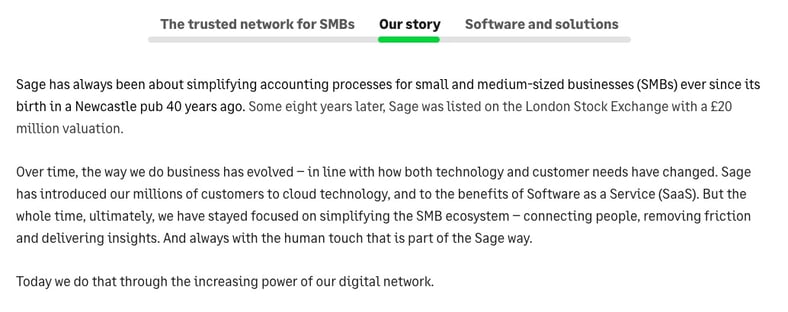
Hubspot is another great example. The founders saw a gap in the industry and jumped in with a solution:
You could keep looking, and if you did, you’d soon notice a pattern.
All lucrative SaaS ideas have one thing in common: they identify and solve an urgent problem.
So how do you come up with one of your own?
If the current market is any indication, a great start would be exploring the intersection between:
- Existing customer problems
- Gaps in the market, and
- Your industry expertise
How to research, plan, and find opportunities
SaaS is all about the value you can bring to your customers and solving their problems in the long run, not just as a one-off deal.
This means you need to design, position, market, and sell it differently than you would with other types of products.
And it all starts with finding the right idea.
There are four main angles to brainstorming SaaS ideas:
| Personal Problem |
|
| Customer Research |
|
| Competitor Analysis |
|
| Industry Trends |
|
Ideally, you should find the overlap between all four of them to ensure your idea doesn’t miss the mark.
Use these pointers to guide you:
- Pick an industry you have some knowledge in
- Try to find a real, tangible pain point you can solve
- Research competition and existing solutions to see how yours could stand out
- Determine a target audience of people who need your product
- More importantly, make sure it’s an audience you really value and respect
- Estimate the size of your potential market
- Niche down, however counterintuitive it feels at first
- Talk to potential clients about their short and long-term problems, goals, etc.
- Determine your SaaS product end goal
- Don’t assume you’ll immediately get it right, especially without validation
This process can take a while. And sure, you could always just close your eyes and pick whichever idea pops up first. We can’t stop you.
But doing the homework now can be the difference for your company’s success later on.
Not to mention saving you the time and money you’d waste building a product nobody needs just because you wanted to skip a few steps.
Take your time.
How to Build a SaaS Product
So you did the work, made a lot of educated guesses, and landed at a solid idea. Now what?
Tedious decision-making isn’t over, sorry.
Now that you’re getting closer to realization, you need to map out your SaaS journey as precisely as possible and prepare for testing the first version of your product.
We’ll break it down into three steps:
- Lean plan
- Technical requirements
- Building an MVP
1. Lean plan
Remember all that data you collected while pondering your idea? This is where you take all your educated guesses and turn them into… more educated estimates.
SaaS is totally special, okay? We’ve got a distinct SaaS business model, SaaS pricing, SaaS management and marketing… you get it. It would be weird not to have a special plan for it, too.
Well, worry not. A lean plan (*eye roll*) is basically how you assure yourself and anyone who doesn’t take you seriously that what you have really is an idea with loads of potential, backed by a viable plan to make it happen.
And this is actually one of the rare instances where the SaaS version is the less complicated one. So let’s take a moment to appreciate that you don’t need a full-fledged, traditional business manifesto.
We would have been here for a while.
Instead, a lean plan is a shorter and more flexible version that explains:
- Your product vision and goals
- How you will beat competition
- Who your ideal client is
- How you will structure your subscription plan
- What expenses you’ll have and how you will cover them
- Your estimated revenue
And as you’re making it, try to be as realistic and clear as possible.
Christoph Janz, the founding partner of Point Nine Capital and SaaS investor (y’all heard of Zendesk?), stresses the importance of being confident in your mission in this interview:
That said, your estimates will inevitably need to be revised along the way. That’s just how SaaS works.
To reflect the reality of the rapidly changing market, a lean plan expects and purposefully leaves room for improvements so you can keep moving forward and learn on the go.
2. Technical requirements
After you’ve outlined what needs to happen, you need to sort out the logistics.
That means picking out a technology stack, taking care of security, and planning the development process.
At this stage, you’ll have to think about:
- Front end programming
- Back end programming
- Cloud providers
- Ecosystems
- Database software, etc.
Theoretically, if you wanted to and had the right skill set, you could build a SaaS product on your own.
The biggest downside to that approach is that it would take a bunch of time. Gathering a small but reliable team would allow you to delegate, but also give you the support you’ll eventually need as you start scaling your business.
On the other hand, if you don’t come from a tech background and this short list already gave you a cluster headache, that might have to happen sooner rather than later.
Like, right now, ideally.
In any case, after your logistics are taken care of and your product is feasible, it’s time to build an MVP and get the show on the road.
3. MVP
Minimum viable product is the simplest functional version of the product that solves the customers’ most critical pain point.
In other words, it’s not meant to be the end result. Just resemble it enough to:
- Clearly demonstrate the concept
- Give a “face to a name”
- Test how necessary, desirable, and viable your product really is
It’s what allows you to collect the valuable intel that will inform your full, official product. This isn’t the same as beta testing:
|
MVP |
Beta |
|
|
What it is |
Doesn’t have to be a full version or even a real product. |
Full version of the product that’s already been validated. |
|
Why it’s done |
To determine if the full version is worth developing, get validation, and learn about your audience. |
To check the technical aspects of the product, i.e. see if there are any glitches or bugs. |
|
Who tests it |
Early adopters. These are the people who have the pain point you’re solving, so they can tell you if you’re anywhere near the bullseye. |
Beta testers do not necessarily need your solution. They are mostly there to test the logistics and overall user experience. |
So prepare to collect and implement their feedback.
How to Launch a SaaS Product
To recap, these are the things that should have happened by now:
- You’ve done extensive research
- You came up with an epic idea
- You laid the groundwork and completed the MVP testing
- Finally, your new and improved finished product is ready to go
Click “go live” and the rest is history, then?
Not so fast.
Every aspect of the SaaS product journey has a set of steps that need to be completed in the right order, each like a cog in the machine - and launch is no exception.
Launching a product without the necessary preparation could turn out kinda like that one birthday year when your mom planned the best party ever but nobody showed up.
Point is, this is a critical milestone for your company and there’s a lot you still have to do before you get to the happily ever after. So how can you make sure that your product launch doesn’t resemble a sad childhood memory?
Here’s a template to guide you along:
|
Before the launch |
After the launch |
|
|
Yeah, it’s a lot.
The truth is, managing a startup is not a straightforward process. It’s hectic, and even the biggest, baddest companies out there got more than a few things wrong.
Even FreshBooks’ founder Mike McDerment said they nearly killed the company once or, you know, seven times. He mentions specifically the danger of moving too quickly as a startup in this interview:
Sure, his point is, keep calm and do your work.
Ours is, you can’t avoid mistakes.
But that’s why it’s important to prepare for everything and have a solid crew who can keep the boat steady through its inevitable back-and-forth, trial-and-error, pre, post, and anywhere near launch.
SaaS Product Management
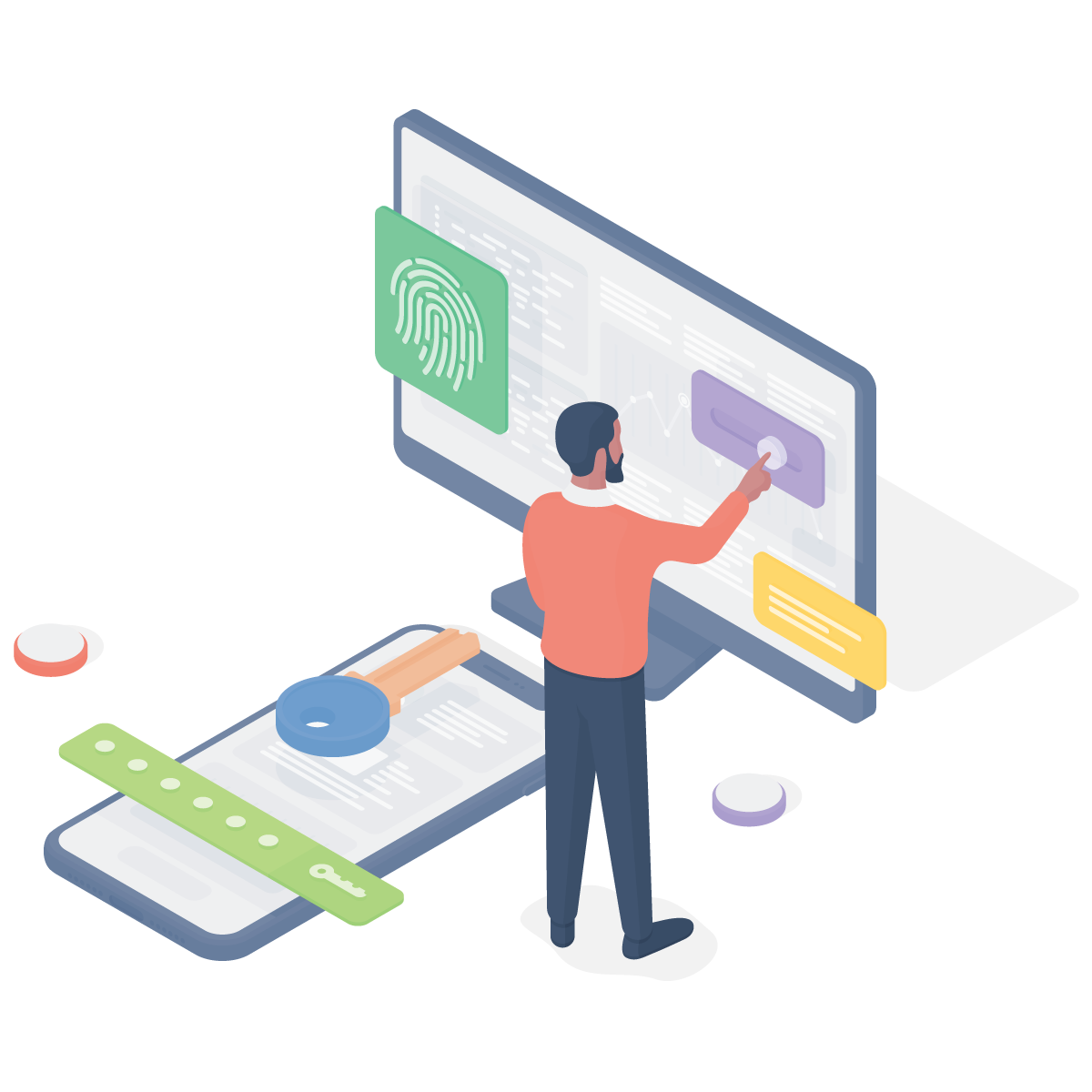
SaaS product management involves overseeing and calling the shots on everything related to the product journey. In the most basic of terms, we can categorize product management into two parts.
Part one is organizing all the pieces of the business puzzle:
- Research
- Sales
- Marketing
- Finance
- Legal
- Development
- Support
Part two is SaaS reporting. That means tracking the important metrics to determine what works and what doesn’t, so your company can optimize future actions across teams/departments for better results.
Let’s run through some of the hottest metrics to track:
- Unique visitors
- Lead-to-customer rate
- Monthly recurring revenue
- Client retention
- Churn rates
- Customer acquisition cost
- Customer lifetime value
- Cohort analysis
- Organic referrals
SaaS Product Manager
Naturally, a SaaS product manager has a different set of responsibilities than a traditional product manager does because this industry requires a specific skill set that includes tech.
But what does that look like in day to day life?
A product manager’s tasks include charting the vision, determining project objectives, mapping out the logistics, tracking metrics, synchronizing and collaborating with all teams so everyone’s always on the same page.
Basically, every step of the product journey we’ve covered so far fits into the PM’s job description.
They monitor all essential processes and talk to everybody to make sure every action drives growth and, ultimately, increases revenue.
The benefits of having one on board are clear:
- You don’t have to think about every detail along the way
- You get to bounce ideas and get advice from an expert
- It makes the product journey smoother and scaling less chaotic
SaaS Product Marketing
What’s the point of doing all the hard work if nobody gets the memo that you or your SaaS solution exist?
Marketing is at least as important as any other aspect of product design.
First and foremost, it puts you on the map. And when it’s done right, it can make a huge difference in your revenue - take a look at these SaaS marketing success stories to see for yourself.
But let me emphasize the “done right” part. Because - you guessed it - SaaS marketing is different.
Considering the shorter sales journey and the focus on retention, your marketing strategy needs to provide tonnes of long-term value and nurture your leads throughout the funnel, starting with education.
Image source: zendesk.com
You should ideally start marketing your product as soon as you start building the MVP, and definitely way before you launch.
Don’t try to do it all at once.
Focus on building brand awareness and explaining your product first. There will come a day for hiring a sick marketing agency to drive traffic and increase your conversions. But, considering that the average startup spends 92% of their first-year revenue on customer acquisition, it is not that day.
To start, you should revisit the research phase and outline a buyer persona.
Your company should have an overarching strategy or playbook and then focus on a couple of smaller marketing tactics within that framework.
There’s a lot to know about each strategy, channel, and tool you could use.
But for now, you could start with a simple, informative landing page, gather some prospects’ emails, and consider content marketing.
To pick a social media channel, think of your audience: where do they hang out?
For example, if you have a buyer persona that spends a lot of time on Facebook, it would make sense to start posting there.
Be flexible. And whichever route you opt for, remember to always focus on providing value.
It’s all about the customers. Learn more about them and your marketing strategy will become more effective, which will then help attract new leads and repeat the cycle.
Your business will naturally grow as a sweet side-effect.
Key Takeaways from the SaaS Product Journey
This SaaS product journey isn’t linear. No matter how much you research, plan, and test everything, mistakes are bound to happen.
So, if they all inevitably fail, what sets successful companies apart from the rest?
It’s partly the fact that not all SaaS ideas are created equal. But more than that, not all business owners are equally passionate and prepared to go the extra mile for their customers.
That’s good news. It means your conviction can make you stand out right off the bat.
After that, following sound strategies, providing value for your audience, and maintaining a flexible mentality throughout all stages of the process are all excellent ways to set yourself up for success.
If you’d like to learn more about SaaS and how to position and market your business, that’s our speciality, so feel free to read some of our other articles.

Chris Onyett
Chris is one of the managing partners at Roketto. His area of expertise is digital marketing and loves sharing and educating on topics like Google Ads, CPC bidding tactics, Google Analytics, and marketing automation. When Chris isn't in the office, he enjoys playing volleyball, mountain biking, and hiking with his American Eskimo.












2.png)
2.png)

